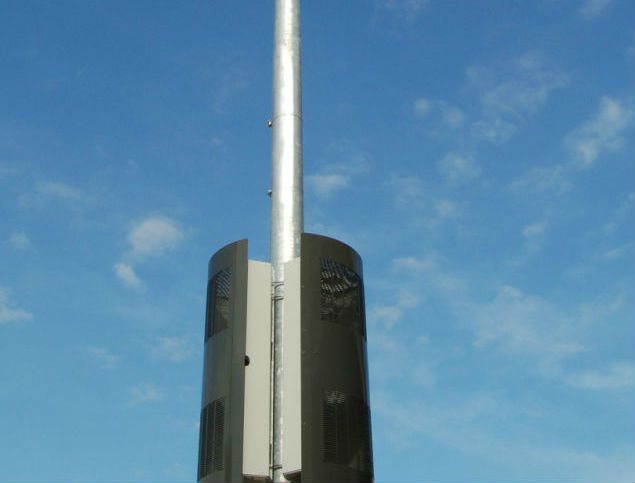Outdoor small cells can deliver the capacity that communities crave, but those communities often don’t want to see the small cells. While base station vendors like Ericsson and Alcatel-Lucent work to create more and more powerful cells, equipment vendors are helping them find ways to hide their work once it’s deployed.
“The key to successful metro cell deployments is making the equipment as inconspicuous as possible and installing it at just the right location in dense urban areas,” said Stan Catey, SVP of cable products at CommScope. The company has created a new concealment structure that targets light poles for small cell deployments. It said its small cell concealment solution is structurally balanced and easier to permit than some other structures that can hide small cells.
CommScope’s structure is a two-piece design that can mount and hide radios, antennas, backhaul termination (wireline or wireless) and back-up batteries. It can be installed without ground-based cabinets and CommScope said the two enclosures occupy much less space than what is allowed in most local requirements.
Much of the assembly involving power, filtering and cabling can be performed off site and the structure can usually be installed in a single work shift, the company said. The structure can support multiple radio technologies or a second network operator, if required, which could become increasingly important to operators if they try to monetize their investment in small cell technologies by leasing space to other carriers.
Permitting and zoning can be two of the biggest variables in an outdoor small cell deployment, and solutions that can be modified without pulling additional permits are generating interest among operators and municipalities.
Follow me on Twitter.

